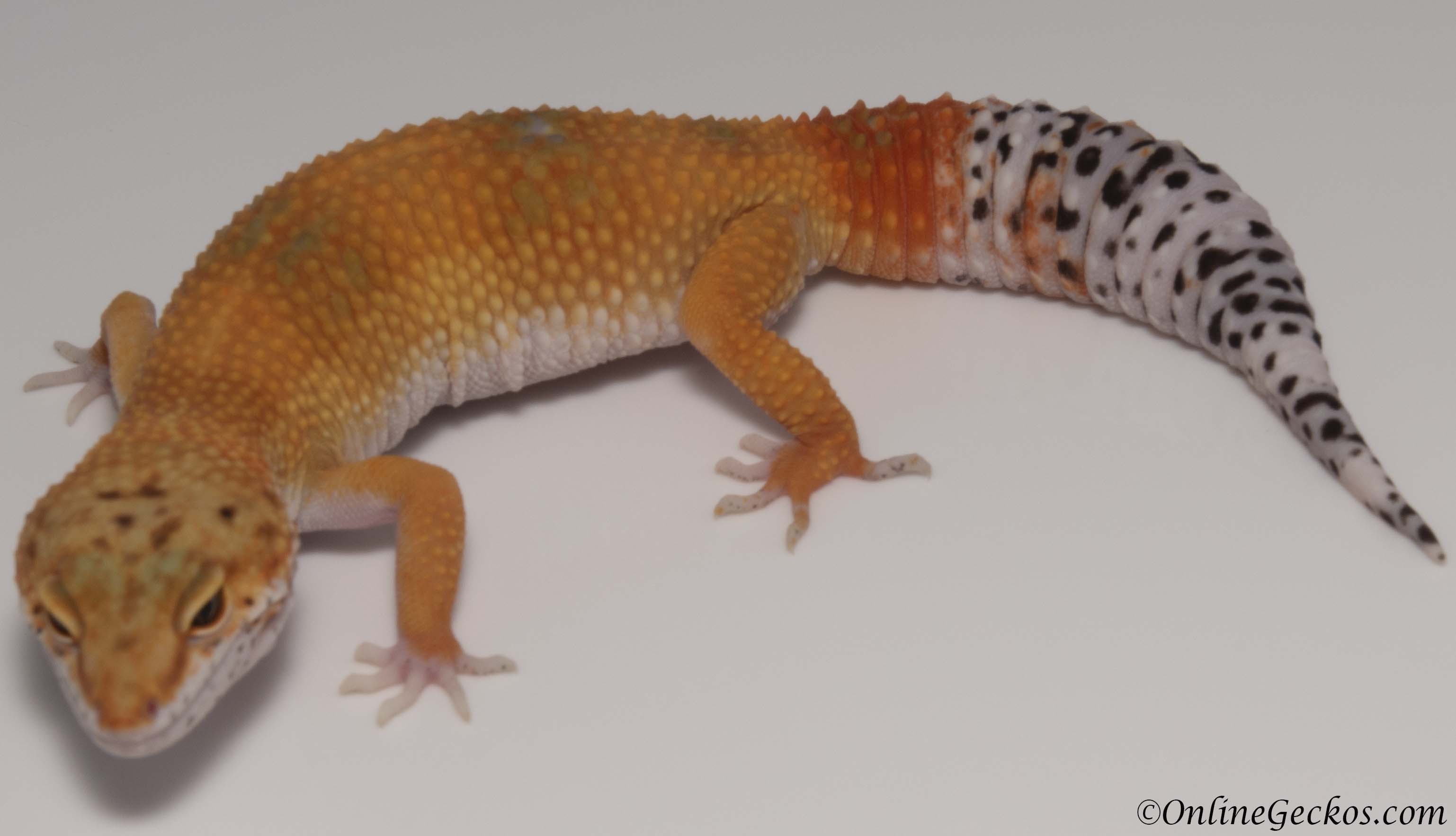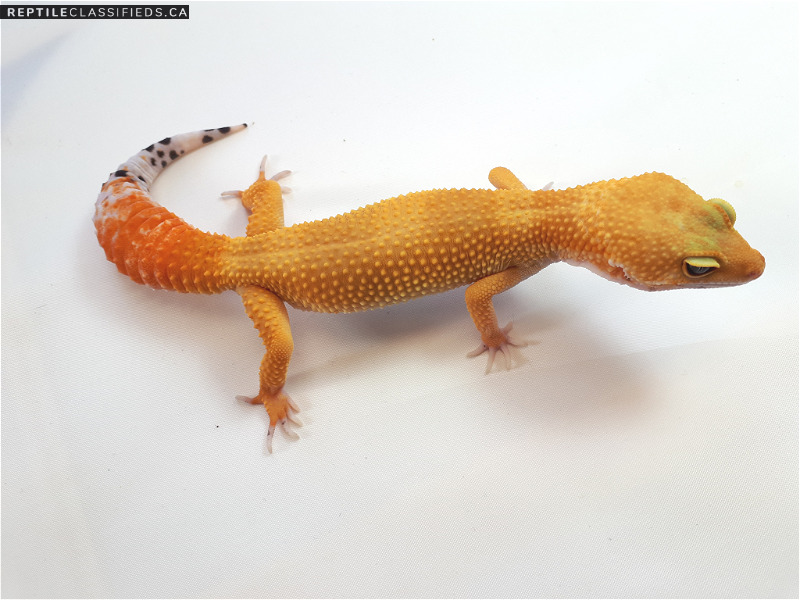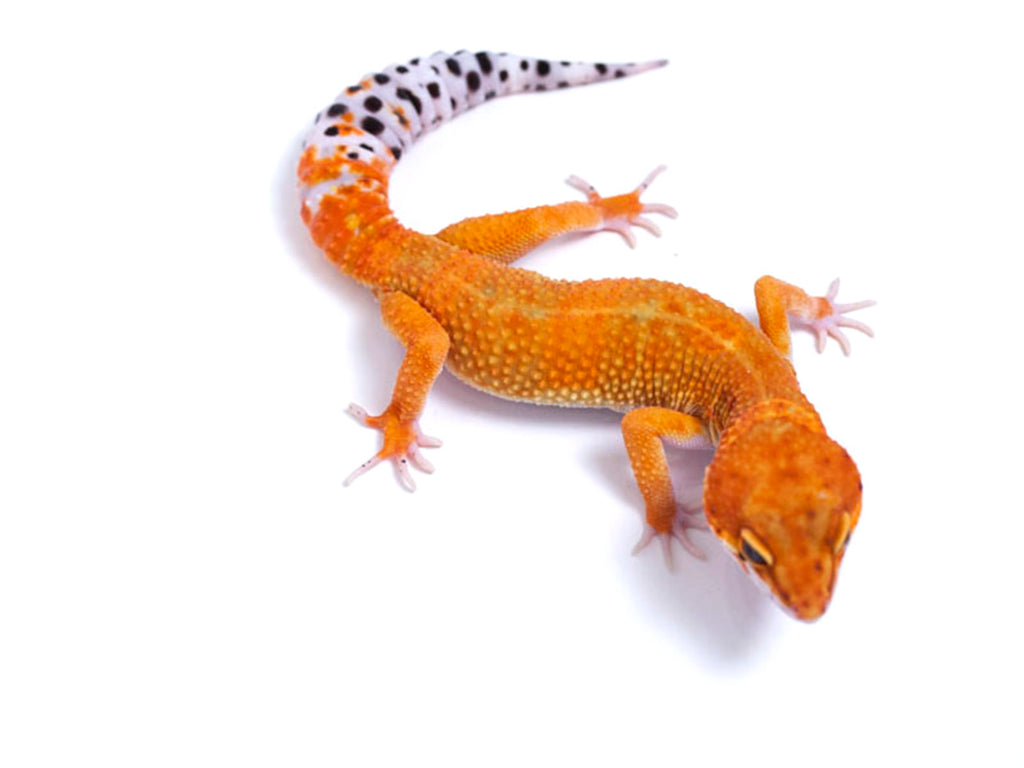
Super Hypo is a variation of the Hypo morph that has no black spots on the body. Super Hypo Photo Courtesy of Monkfield Reptile A Hypo is basically like High Yellow with ten or fewer spots on its body (by “body” I mean the back – head and tail are excluded from the count). Consequently, they have fewer dark markings. Hypo or Hypo Melanistic Photo Courtesy of Global Geckos Reptile ShopĪs the name suggests, Hypo morphs are distinguished by the reduction in melanin, the black pigment. Like Normal, the High Yellow is readily available to buy and is one of the affordable morphs. However, the base body color is strongly yellow – much more yellow than in the case of an average normal counterpart. The High Yellow still has dark spots, although fewer of them. High yellow Photo Courtesy of Gaea GeckosĪs the name suggests, High Yellow is a morph that has more yellow pigment than an average natural Leo and was one of the first official morphs produced by captive breeding. Like Jungle, the Stripe pattern co-occurs with other mutations. The neck ring, as well as the tail bands, appear broken. The longitudinal line begins at the neck and runs down to the tail, continuing along the length of the tail in some specimens.

The Stripe morph has a distinct pattern with longitudinal stripes rather than the typical side-to-side lateral stripes. That way, you get, for example, a Tremper Albino Jungle specimen. Jungle co-occurs with other mutations or within other morphs. Its genetics are sort of complex and still unclear, sometimes making it hard to predict if the Jungle trait will be passed onto the offspring. This now-classic mutation was discovered in 1991 by Ron Tremper. Instead of regular dots and bands, a Jungle Leo has broken or incomplete bands, creating a swirly and slightly psychedelic pattern. The term “Jungle” describes the wild pattern on the mutation carriers’ backs. The phrase “gentle giant” can certainly apply to the Giant leos as they have a very calm, cool temperament.

Temper’s largest giant, called Moose, measured 156 grams.īecause the mutation dictates only the body size, Giant morphs can also have other color mutations, resulting in various Giant color strains. Super Giant is an even larger version of the Giant morph – it is homozygous, meaning that Super Giants carry two genes for the Giant mutation. Giants first occurred as a random mutation in Ron Tremper’s hatchery in 1999. Giant Photo Courtesy of Gaea GeckosĪs the name suggests, leopard geckos with Giant mutations are bigger than average. Standard type leos are usually the ones that are the most readily available to buy, especially in general pet stores, and also the ones with the lowest price tags. Still, normal variety leos will always feature dark brown to black spots and markings, earning the species its common name. Still, this natural Leo look can be decently variable and include more or less yellow, brown, or grey. You don’t have to apply any selection, interbreeding, or crossbreeding to get a regular Leo. You can say that a normal, wild-type or natural leopard gecko is not a true morph since this is what leopard geckos originally look like in the wild. After the color spectacle, you’ll go on to meet the less saturated, but still highly attractive morphs, ending the list in the Black-and-White style.Īlso, the related morphs are clustered together.Įxcited? You should be! Prepare your eyes for a feast! Normal or Wild-Type

Then we’ll be moving on to the most vivid morphs, rich in yellows and oranges. We’ll start from Normals and then cover mutations that impact patterns and size only. To make this Leo morph article a special one, the morphs will be ordered not by the alphabet, but by their coloration. It is worth noting that the Leo breeders are working on new morphs as we speak (or read and write), so creating the complete list would be nearly impossible! The 27 leopard gecko morphs that you’ll find on this list are some of the most commonly encountered ones – and have also served as a base for creating novel wild and wonderful Leo morphs. Let’s dive into the weird and wonderful world of leo morphs! List of the 27 Most Common Ball Python Morphs In this article, we’ll introduce you to the basic palette of leopard gecko morphs and the genetics behind them.

If such questions have been popping up in your head but you haven’t been sure where to look for the answers – you came to the right place.
Tangerine leopard gecko how to#
The skillful breeders then harnessed leo genetics and used it to establish a multitude of leopard gecko morphs, resulting in an explosion of colors and patterns we enjoy today.ĭo you know how to name at least ten leopard gecko morphs from the top of your mind? But, as if that wasn’t enough, they also had a surprise in the form of random color mutations. These natural-form leopard geckos were very pretty indeed.


 0 kommentar(er)
0 kommentar(er)
